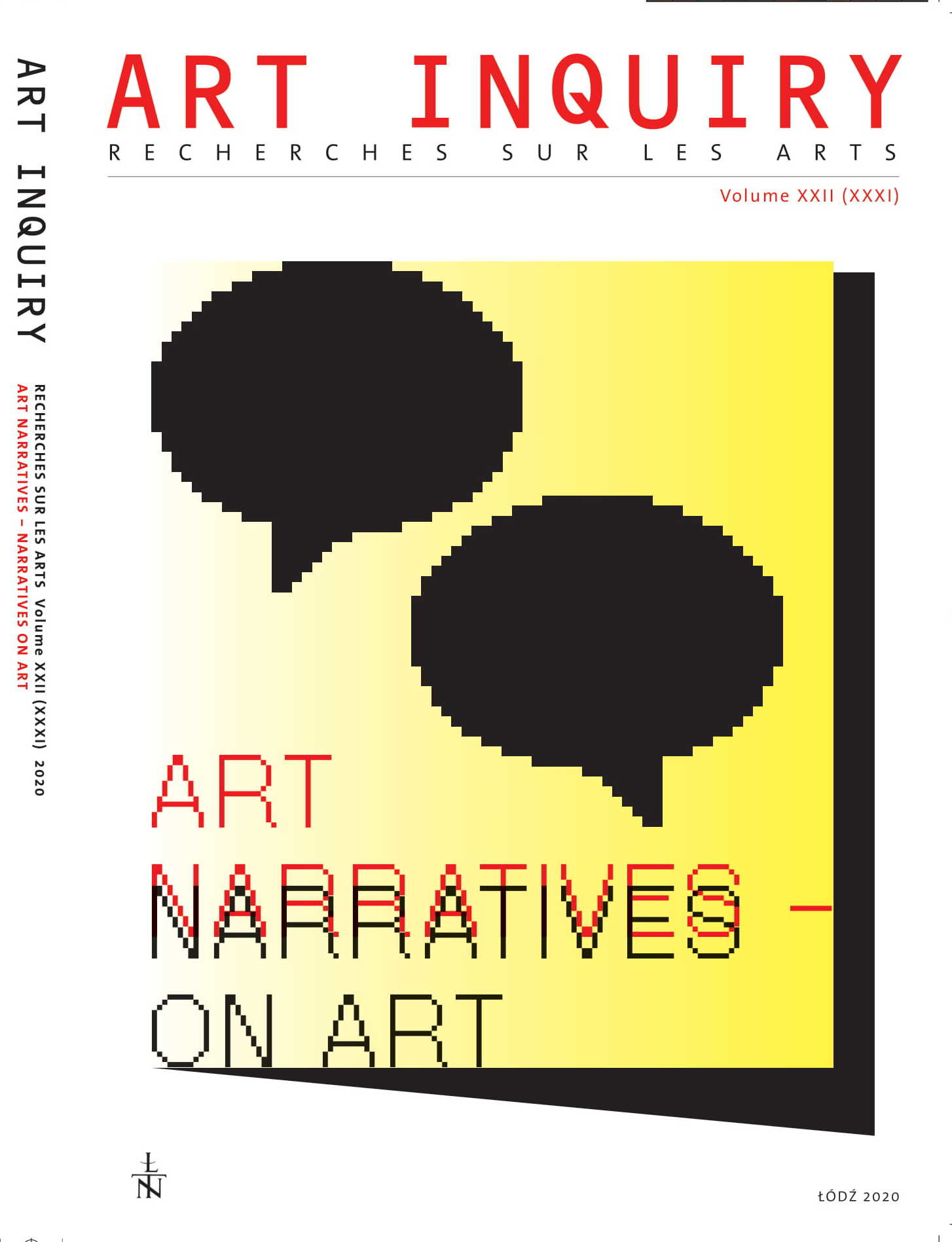The (in)humanization of technology in modern Silesian street art iconography: from the Rose-Cross tradition to new materialism?
DOI:
https://doi.org/10.26485/AI/2020/22/12Keywords:
street art, technology, inhuman, Janowska group, neo-materialism, SaturnAbstract
The article investigates the relationship between human beings and technology, as depicted in modern Silesian street art iconography. The author presents the esoteric worldview of the famous Janowska group of painters, based on RoseCross anthroposophy, as well as the group’s connection with the contemporary Silesian street art scene represented by the artists Raspazjan and Mona Tusz. The matter of biotechnological interaction as the narration of modern Silesian street art is raised in the light of Rudolf Steiner’s anthroposophical reflection on technology and its resemblance to the modern neomaterialist standpoint. Finally, a selection of murals is analyzed, as the examples of an embodied, local, materialdiscursive practice, exploring the dualism of the biotechnological world.
References
Banksy (2012), Exit Through the Gift Shop, movie, Revolver Entertainment.
Barad, Karen (2012a), On Touching – The Inhuman That Therefore I Am, v1.1,
https://www.diaphanes.net/titel/on-touching-the-inhuman-that-therefore-i-am-v1-1-3075 [accessed 30.05.2020]
Barad Karen (2012b), Intra-actions, an interview with Karen Barad, https://es.scribd.com/docu¬ment/342381833/Intra-Actions-Interview-of-Karen-Barad [accessed 30.05.2002]
Bennet Jane (2004), The Force of Things: Steps Toward an Ecology of Matter, Political Theory, Vol. 32, No. 3 (Jun., 2004), pp. 347-372.
Bennet Jane (2010), Vibrant Matter. A Political Ecology of Things, Duke University Press.
Gralińska-Toborek Agnieszka (2019), Graffiti i Street art. Słowo, obraz, działanie, Wydawnictwo Uniwersytetu Łódzkiego.
Gralińska-Toborek Agnieszka, Jerzyk, Kazimierska-Jerzyk Wioletta (2013), Doświadczenie sztuki w przestrzeni miejskiej. Galeria Urban Forms 2011-2013, Urban Forms, Łódź, 2013.
Paterson Mark (2011), More-than Visual Approaches to Architecture. Vision, Touch, Technique, Social and Cultural Geography, vol. 12, pp. 263-281.
Petri Jakub (2016), The Garden Cities of Katowice: A Study of Cityholia, Art Inquiry, vol. 18, pp. 127-143.
Petri Jakub (2019), Under construction : urban practices of terrain vague in Upper Silesia, Acta Universitatis Lodziensis. Folia Philosophica, vol. 33, pp. 65-74.
Steiner Rudolph (1915), The Destinies of Individuals and of Nations, The Nature of the Christ Im¬pulse and the Michaelic Spirit Serving It, https://wn.rsarchive.org/Lectures/Dates/19150117p01.html [accessed 30.05.2020]
Steiner Rudolf (1918), The Philosophy of Freedom, The Consequences of Monism, https://wn.rsar-chive.org/Books/GA004/English/RSP1964/GA004_conmon.html [accessed 30.05.2020
Twardoch Szczepan (2014), Drach, Wydawnictwo Literackie, Kraków



